Deep Learning in NLP
- Powered by Python

About me
- Technical Lead and Chief Deep Learning Engineer at Neuron
- Google Summer of Code Intern'14
What is...
- Machine Learning?
- Natural Language Processing?
- Neural Networks?
- Deep Learning?
Common NLP Tasks
- Language Modelling
- Sentiment Analysis
- Named Entity Recognition
- Topic Modelling
- Semantic Proximity
- Text Summarization
- Machine Translation
- Speech Recognition
The Old Way of doing things...
- Bag of words
- This movie wasn't particularly funny or entertaining -> [movie, funny, entertaining]
- n-grams(next slide)
- Regex Patterns, etc.
n-grams example
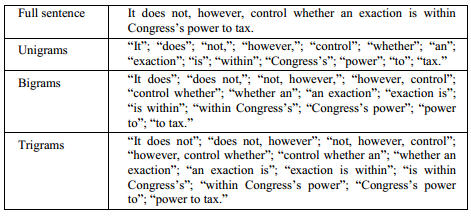
Suggested Reading:
n-grams/naive bayes
Pros and Cons of Bag-of-words and
n-gram models
- easy to build(hypothesize and code)
- require relatively lesser data to train
- faster to train
- give no heed to the order of the words
- doesn't care about the structure of the natural language
- usually assumes that a word is conditioned upon just last few words
- can't handle long term dependencies in text
Neural Networks
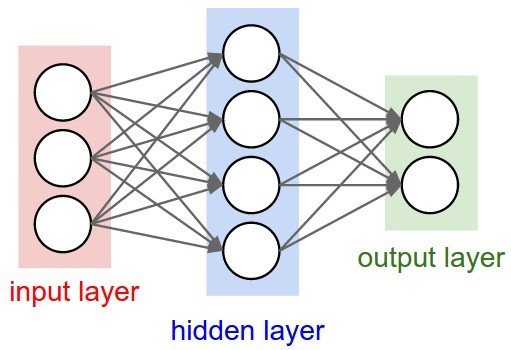
...Neural Networks
a beautiful, highly flexible and generic biologically-inspired programming paradigm which enables a computer to learn from observational data
Backpropagation
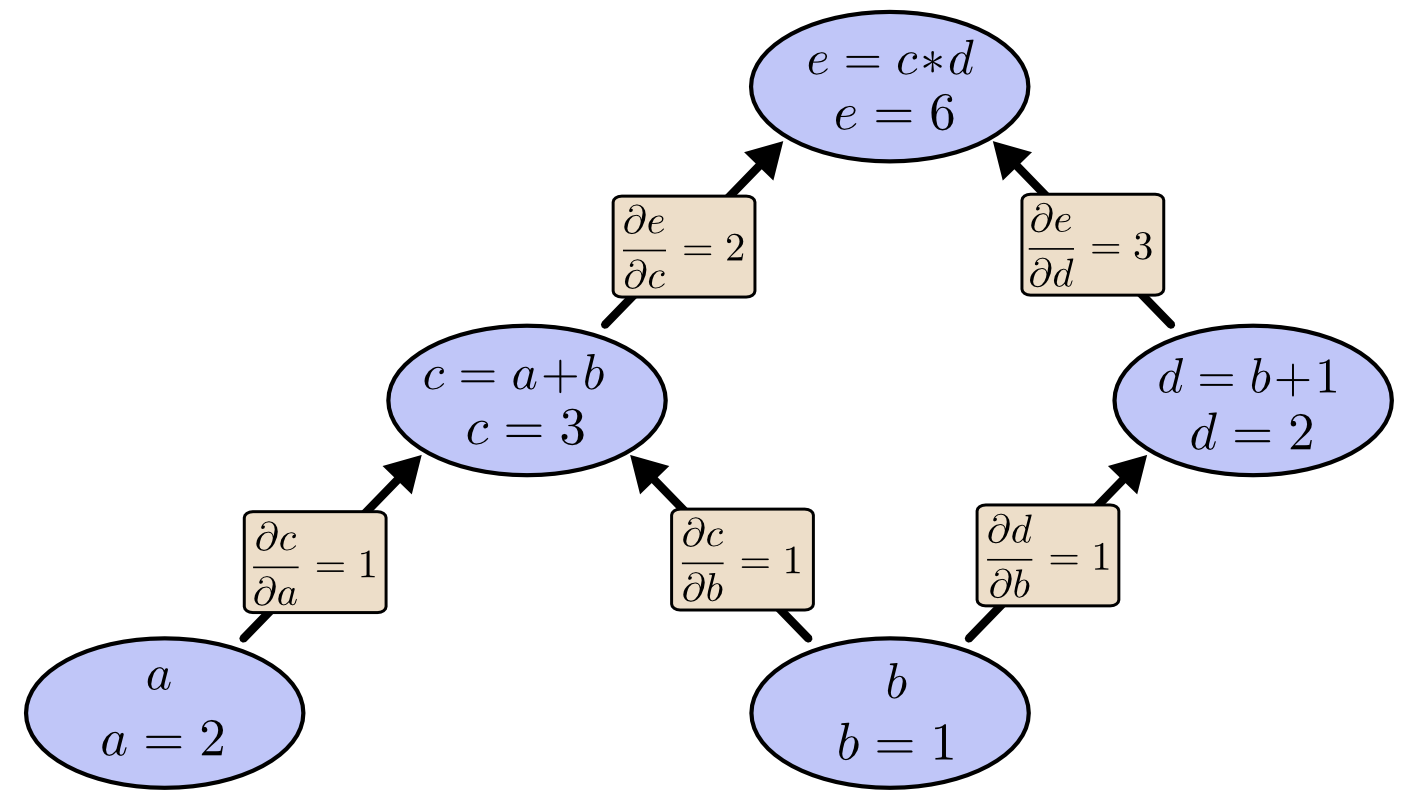
Suggested Reading:
Neural Networks
Word Vector Embeddings
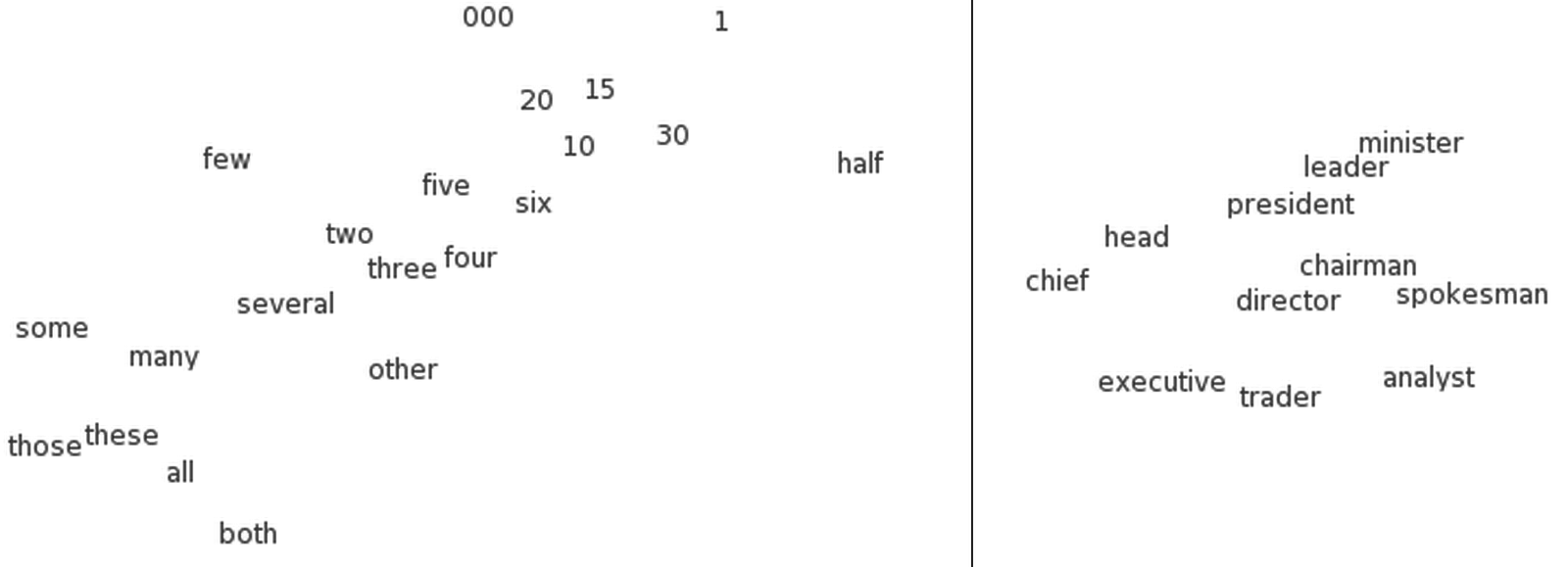
Vector Space Models
- Creates a d-dimensional space, where each word is represented by a point in this space
- All the words with a very high co-occurrence will be clustered together
- Understands semantic relations between words
- Each dimension explains one of the characteristics of the natural language like plural, past tense, opposite gender, etc.
Introduction to Gensim
- A Python based library that provides modules for word2vec, LDA, doc2vec, etc.
- Options for training word vectors using skip gram and CBOW
- In built scripts to train word vectors over wikipedia dumps
...Gensim
model = Word2Vec(sentences, size=100, window=5, min_count=5, workers=4)
model.save(fname)
model = Word2Vec.load(fname) # you can continue training with the loaded model!
model.most_similar(positive=['woman', 'king'], negative=['man'])
==> [('queen', 0.50882536), ...]
model.doesnt_match("breakfast cereal dinner lunch".split())
==> 'cereal'
model.similarity('woman', 'man')
==> 0.73723527
model['computer'] # raw numpy vector of a word
==> array([-0.00449447, -0.00310097, 0.02421786, ...], dtype=float32)...Gensim
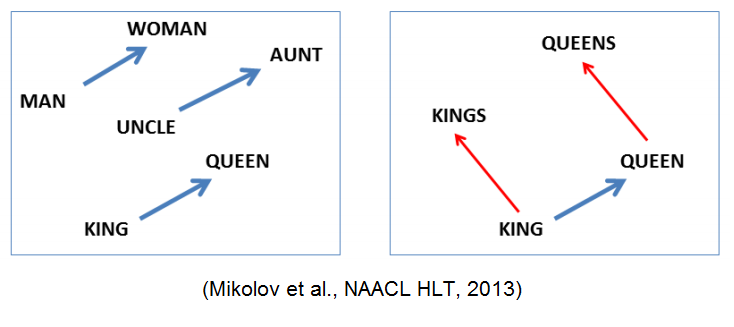
Suggested Reading:
Word Vectors
Introduction to Theano
Theano is a Python library that allows you to define, optimize, and evaluate mathematical expressions involving multi-dimensional arrays efficiently.
- Built on top of numpy
- Symbolic Expressions
- Automatic Differentiation
- In built integration for GPU Computation
- Python Interface
- Shared Variables
Theano Syntax
import numpy
import theano
import theano.tensor as T
from theano import pp
x = T.dscalar('x')
y = x ** 2
gy = T.grad(y, x)
f = theano.function([x], gy)
f(4)
# array(8.0)Suggested Reading:
Theano
Deep Neural Networks
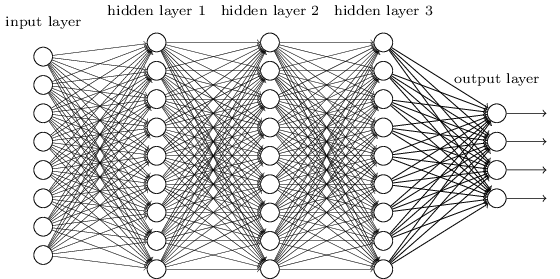
Suggested Reading:
Deep Learning Models
Recurrent Neural Networks
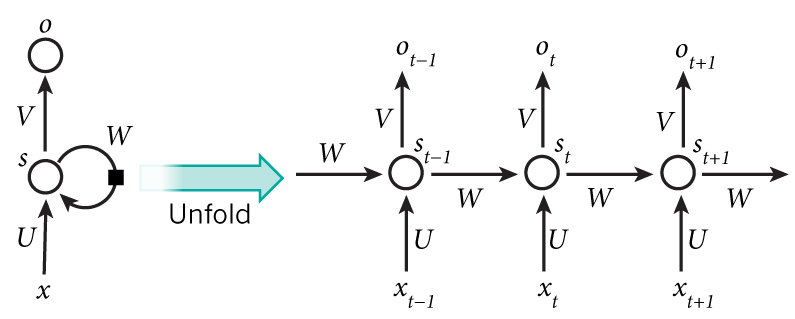

...RNNs
- particularly useful for sequential data(text, audio, etc.)
- "Recurrent" because they performs the same operations on each element of the input
- considers the dependencies between the input elements(words), contrary to bag-of-words model
- common RNNs are 5-1000 layer deep
Language Modelling

Probability of a sentence consisting of 'm' words
=
Multiplication of Joint probability of each word conditioned upon (all) previous words
LM with RNN
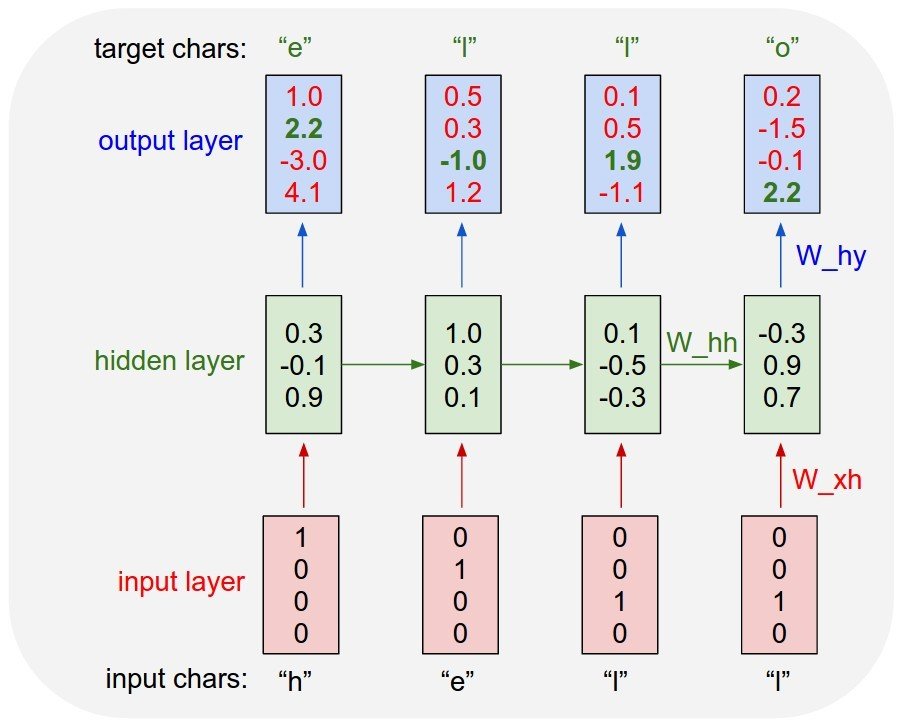
Back Propagation in Time
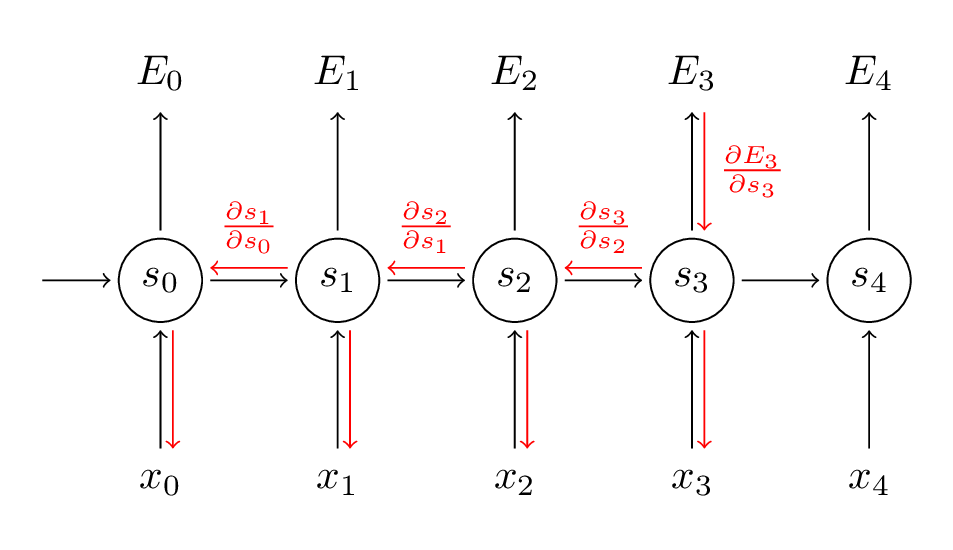

Vanishing Gradient Problem

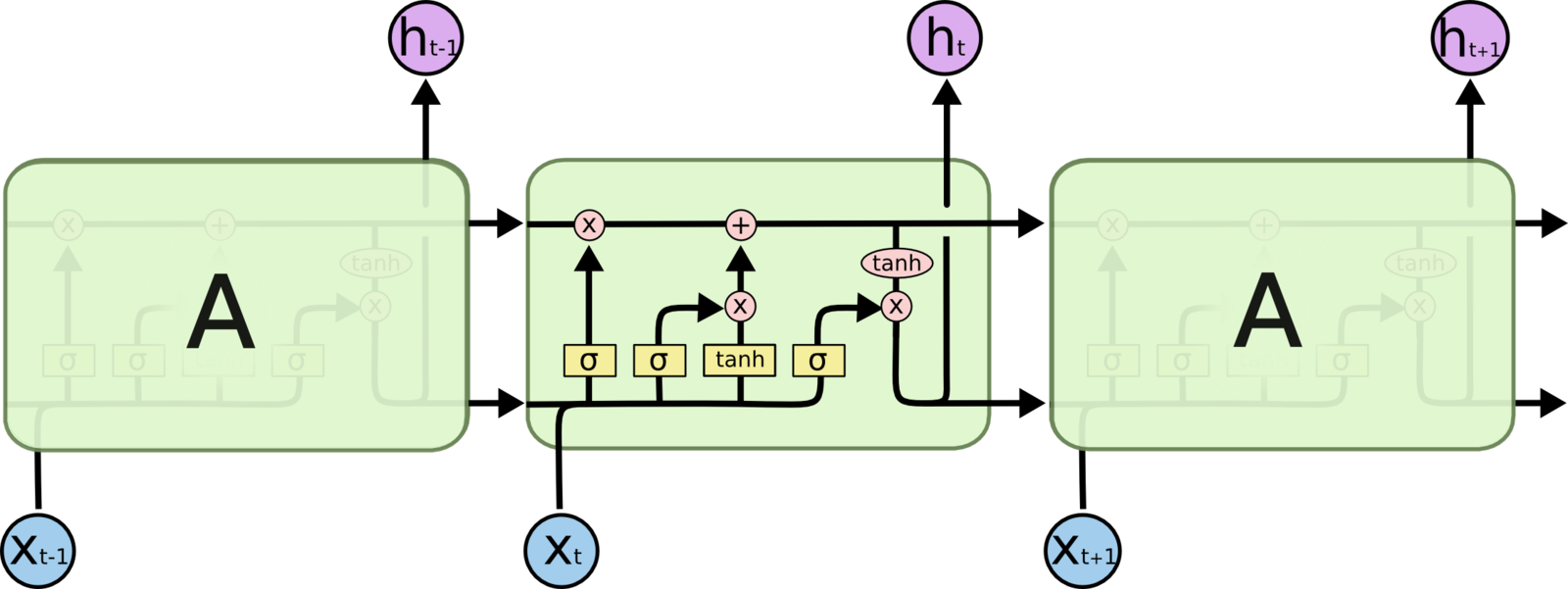
Long-Short Term Memory
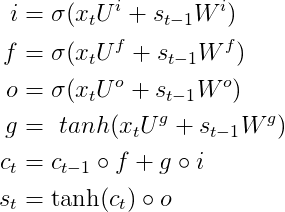
LSTM Eqns
Suggested Reading:
RNN
Email: rishy.s13@gmail.com
Github: https://github.com/rishy
Linkedin: https://www.linkedin.com/in/rishabhshukla1